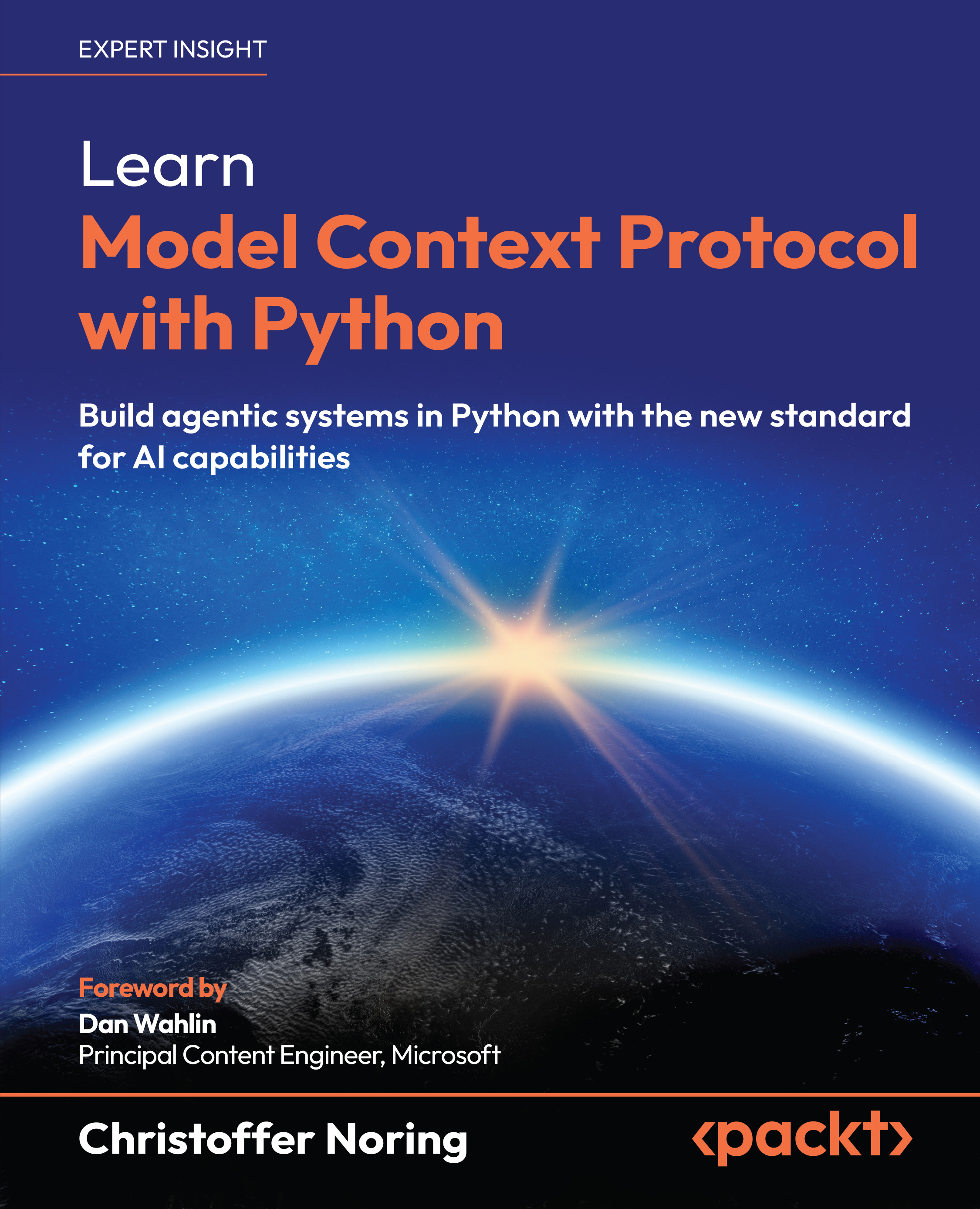Preface
The Model Context Protocol (MCP) represents a revolutionary approach to building artificial intelligence (AI) applications that can efficiently distribute resources, standardize capabilities, and facilitate seamless communication between different components in complex systems. As AI continues to evolve and integrate into every aspect of our digital lives, the need for standardized, scalable, and secure protocols becomes increasingly critical.
MCP addresses fundamental challenges that developers face when building AI applications: resource distribution bottlenecks, lack of standardization across different components, complexity in building and testing distributed systems, and the intricate process of developing clients that can effectively interact with servers and large language models (LLMs). By providing a structured framework, MCP enables developers to create more efficient, maintainable, and scalable AI applications.
Among all the protocols and frameworks available for AI application development, MCP stands out because it offers several key advantages:
- It provides a standardized way to describe and communicate capabilities between different system components
- It enables efficient resource distribution across multiple servers, improving performance and scalability
- It offers comprehensive guidelines for building, testing, and deploying both servers and clients
- It supports multiple communication methods, including standard input/output (STDIO) and server-sent events (SSE)
- It facilitates integration with modern development tools and platforms
In this comprehensive book, we will first explore the foundational concepts of the MCP, understanding its architecture, components, and the problems it solves in modern AI application development.
Once you understand the core protocol concepts, we will dive deep into practical implementation, covering how to build and test MCP servers using various approaches, including STDIO and SSE-based servers. We will also explore advanced server development techniques and patterns that will help you create robust, production-ready applications.
The book then progresses to client development, showing you how to build effective clients both with and without LLM integration, and how to consume MCP servers using popular tools such as Claude Desktop and Virtual Studio Code (VS Code) agent mode. We will also cover advanced topics such as sampling and elicitation techniques that can enhance your AI applications.
Finally, we will address critical production concerns, including security best practices, deployment strategies, and scaling considerations that are essential for running MCP applications in real-world environments.
This book will guide you through numerous practical examples and exercises, demonstrating best practices for building MCP applications and providing hands-on experience with real-world scenarios. The examples and code samples are designed to be immediately applicable to your own projects, whether you’re building simple proofs of concept or complex enterprise applications.
Throughout the book, we include comprehensive solutions and code examples in Python. The appendix also provides a comprehensive Python primer for those who need to brush up on their Python skills.
The author acknowledges the use of cutting-edge AI, in this case GitHub Copilot, with the sole aim of enhancing the language and clarity within the book, thereby ensuring a smooth reading experience for readers. It’s important to note that the content itself has been crafted by the author and edited by a professional publishing team.

































































